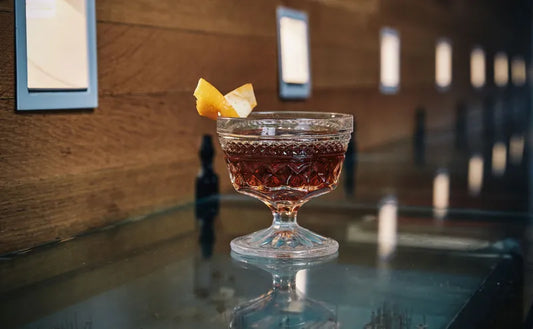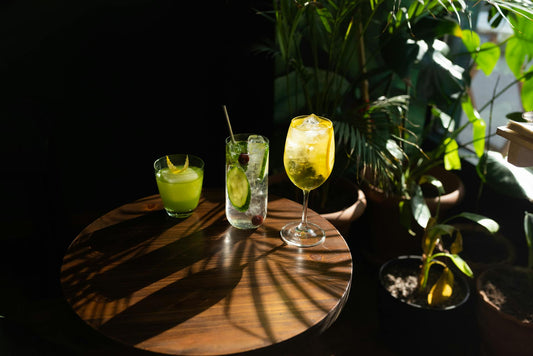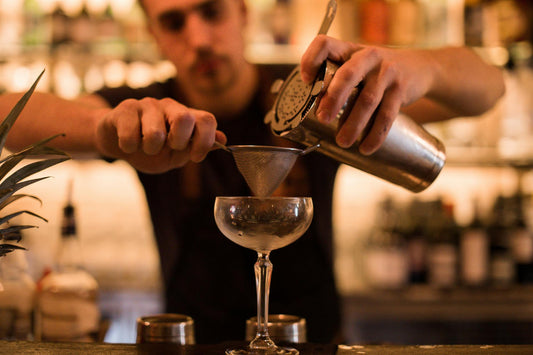Limeade: Refreshing Summer Drink Recipe & Cocktail Mixer
SWEET to SOUR
(1-10)
STRENGTH
(1-10)
CALORIES
STANDARD
DRINKS
Note: these values are approximate and may vary dependent on the ingredients and brands you use.
More information...
Limeade is a refreshing beverage that captures the essence of summer in a glass. This delightful drink is not only a favorite among those who enjoy a non-alcoholic option, but it also serves as a versatile base for cocktails, making it a staple in bars and homes alike. The simplicity of its ingredients belies the complexity of its flavor, which balances the tartness of fresh lime juice with the sweetness of rich sugar syrup, creating a harmonious blend that is both invigorating and satisfying.
To prepare Limeade, one starts with freshly squeezed lime juice, which is the heart of the drink. The vibrant green citrus not only adds a zesty flavor but also a beautiful color that is visually appealing. The use of rich sugar syrup, made from two parts sugar to one part water, ensures that the sweetness is pronounced without being cloying. This syrup is a key component, as it dissolves easily and integrates seamlessly with the lime juice, enhancing the overall taste experience.
The method of preparation is straightforward yet effective. First, a Collins glass is selected and pre-chilled, which is essential for serving a refreshing drink. The ingredients are then combined with ice in a shaker, where they are vigorously shaken to chill and mix the components thoroughly. After shaking, the mixture is strained into the ice-filled glass, allowing the drinker to enjoy a cool, crisp Limeade. A garnish of lime wedge adds a touch of elegance and a hint of extra citrus aroma, making the drink even more inviting.
In terms of taste, Limeade is rated around 7 out of 10 on the sweet to sour scale, striking a perfect balance that appeals to a wide range of palates. The tartness of the lime juice is prominent, but it is beautifully countered by the sweetness of the syrup, making it a delightful choice for those who enjoy a tangy yet sweet beverage. This balance is what makes Limeade so versatile; it can be enjoyed on its own or used as a mixer in various cocktails, providing a refreshing twist to traditional recipes.
Nutritionally, Limeade is relatively light, with approximately 150 calories per serving. This makes it an excellent choice for those looking to indulge without overdoing it on calories. Furthermore, with 0% alcohol by volume, Limeade is a perfect option for designated drivers, those abstaining from alcohol, or anyone simply looking to enjoy a delicious drink without the effects of alcohol. It is a drink that can be enjoyed at any time of the day, whether at a summer barbecue, a picnic in the park, or simply as a refreshing treat at home.
Interestingly, Limeade has a rich history and is often associated with warm climates and tropical locales. It evokes images of sandy beaches and sunny days, making it a nostalgic choice for many. The drink's versatility also allows for creative variations; one might add fresh mint for a mojito-inspired twist or even mix in other fruits for a unique flavor profile. Limeade is not just a drink; it is an experience, a celebration of flavors that brings people together, making it a beloved choice for gatherings and casual sipping alike.



